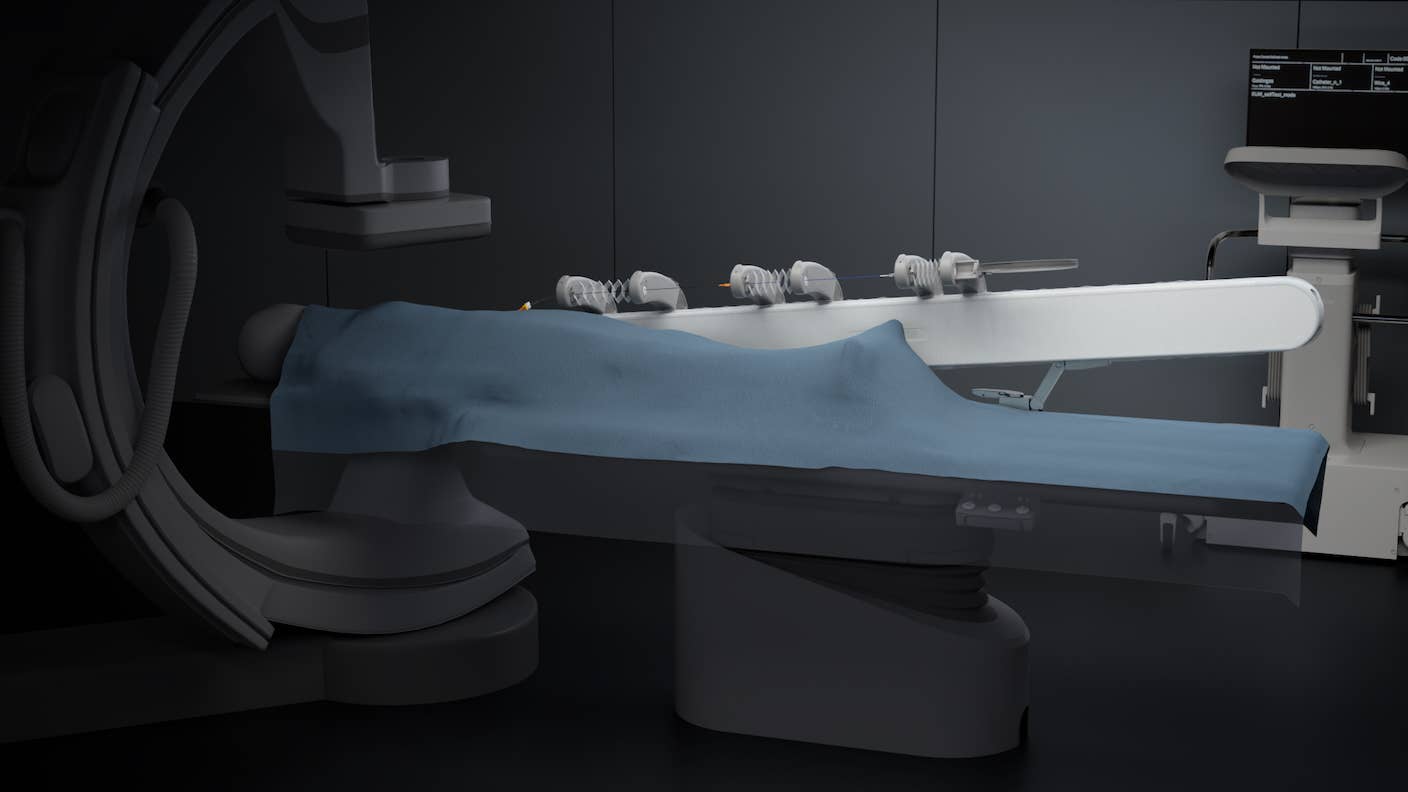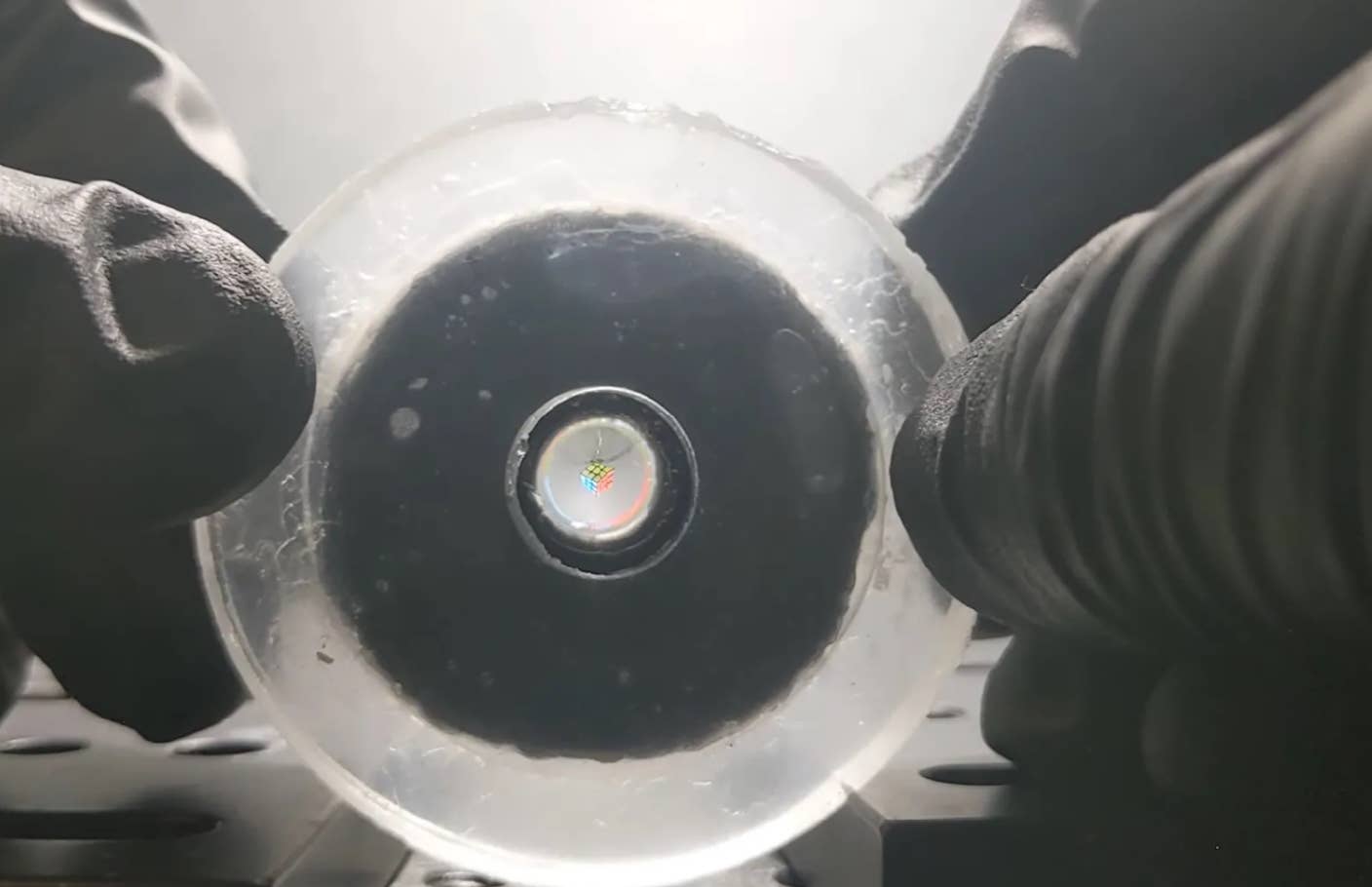Flying Robot Jellyfish an Exceedingly Light, Simple Design
NYU's Leif Ristroph wanted to design an exceedingly simple miniature flying robot. Instead of finding inspiration in insects, he turned to the jellyfish, a water dweller. Whereas insect-like bots require heavy processors and sensors to stay stable—lacking a brain, jellyfish are still efficient, elegant swimmers. Ristroph’s robots are as dumb as a jellyfish—and similarly simple and efficient.

Share
NYU's Leif Ristroph wanted to design an exceedingly simple miniature flying robot. Instead of finding inspiration in insects, he turned to the jellyfish, a water-dweller. Whereas insect-like bots require heavy processors and sensors to stay stable—lacking a brain, jellyfish are still efficient, elegant swimmers.
Ristroph’s robot is as dumb as a jellyfish and similarly simple and efficient.
The robot does away with the sensors and heavy processor of an insect-inspired bot. It's four carbon-fiber wings pulse in the air like a jelly in the water. And although he doesn’t fully understand why, the principles keeping jellies stable hold his robot upright, too.
Insect-inspired flying robots include Harvard’s RoboBee and Festo’s dragonfly BionicOpter. But Ristroph thinks we need to think outside the box—the most direct model (like insects) may not be the best.
"So far, there's only been this one idea of 'let's copy insects,' and we know from the airplane that we didn’t copy birds," Ristroph told the Christian Science Monitor. "I mean some people tried that, but there’s also lots of other ideas that we tried."
Be Part of the Future
Sign up to receive top stories about groundbreaking technologies and visionary thinkers from SingularityHub.


But Ristroph's creation isn’t the first jellyfish-inspired robot. Shashank Priya’s RoboJelly, for example, uses the same basic principles to make sea-going robots cheaper, simpler. And see below for Festo's mesmerizing Air Jelly.
Ristroph's robot fits in the palm of a hand and weighs about as much as two paperclips. Lightweight as it is, the robot is still tethered. He'll need to add a battery (and weight) for untethered flying. Even so, Ristroph thinks they would cost as little as $0.50 and could be deployed to monitor atmospheric conditions or sold as toys.
He admits they might make sense in surveillance situations for the military—a prospect he’s not entirely comfortable with—but that peaceful applications might more than outweigh any negative uses.
Image Credit: Leif Ristroph
Jason is editorial director at SingularityHub. He researched and wrote about finance and economics before moving on to science and technology. He's curious about pretty much everything, but especially loves learning about and sharing big ideas and advances in artificial intelligence, computing, robotics, biotech, neuroscience, and space.
Related Articles

In Wild Experiment, Surgeon Uses Robot to Remove Blood Clot in Brain 4,000 Miles Away

A Squishy New Robotic ‘Eye’ Automatically Focuses Like Our Own

This Crawling Robot Is Made With Living Brain and Muscle Cells
What we’re reading

